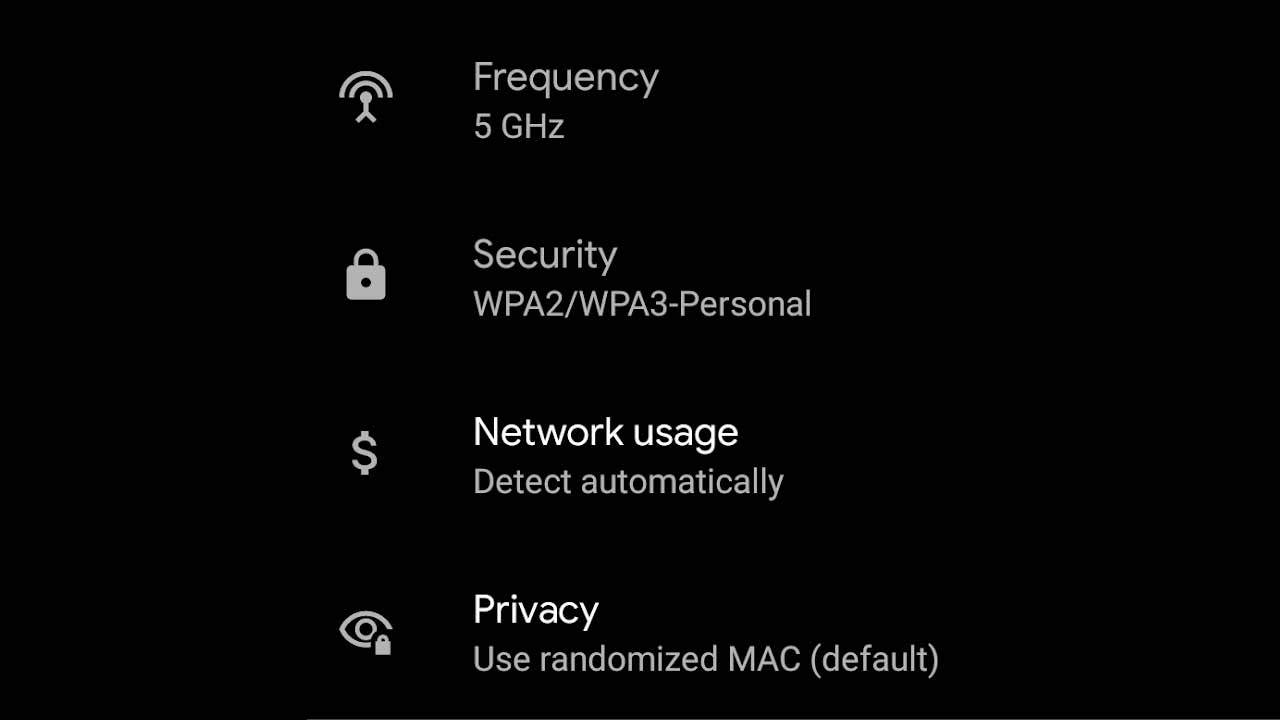
If this distance is substantial and ICCC is moderate to high, one should be aware that not only ICCY but also ICCC will contribute to variance misestimation. Simulation results presented in this section are based on the analysis using the same model used for data generation, described in Equations 15 and 16. Here, the compliance status (C) of the control group is latent (unknown), and the compliance status of the treatment group is observed (known). In this path diagram, squares represent observed variables, and circles represent latent (missing) variables. In the within-level, the path from X1 to C corresponds to the logistic regression of C on a within-cluster covariate.
The Trial within Cohorts (TwiCs) study design in oncology: experience and methodological reflections - BMC Medical ... - BMC Medical Research Methodology
The Trial within Cohorts (TwiCs) study design in oncology: experience and methodological reflections - BMC Medical ....
Posted: Sat, 13 May 2023 07:00:00 GMT [source]
Estimate Effects Using ANOVA
The Monte Carlo simulation results presented in this section are based on 500 replications. The size of each cluster (m) is 40, and the total number of clusters (G) is 100. The true within-cluster residual variances σnw2andσcw2 are 0.9 and 0.8, respectively. The between-cluster residual variances σnb2 (noncompliers) and σcb2 are 0.1 and 0.2, reflecting ICCYn of 0.1 and ICCYc of 0.2 given the total residual variance of 1.0. The control-condition noncomplier mean αn is 1.0, and the control-condition complier mean αc is 2.0. The treatment assignment effect for noncompliers γn (i.e., NACE) is −0.2, and the treatment assignment effect for compliers γc (i.e., CACE) is 0.6.
Variance of the Error
For example, the confidence interval\([-0.943, 0.201]\) from theabove output is a confidence interval for the difference between trt1 andctrl (because we used contr.treatment). Again, if we do not know theside constraint, we do not know what the estimates of the \(\alpha_i\)’s actuallymean. If unsure, you can get the current setting with the commandoptions("contrasts"). Blocking is a tradeoff; We reduce the error variance by blocking, but we also reduce the degrees of freedom that we use to determine our critical F-value.
1.4 Two-Way Random Effects ANOVA
Businesses can employ CRD to randomly assign strategies or processes across various departments or teams, allowing for a comprehensive assessment of their impact. The insights from such assessments empower organizations to make data-driven decisions, optimizing their operations, and enhancing overall productivity and profitability. This approach is particularly crucial in the business environment of today, characterized by rapid changes, intense competition, and escalating customer expectations, where informed and timely decision-making is a key determinant of success. The breadth of applications for Completely Randomized Design continues to expand. Emerging fields such as data science, business analytics, and environmental studies are increasingly recognizing the value of CRD in conducting reliable and uncomplicated experiments. In the realm of data science, CRD can be invaluable in assessing the performance of different algorithms, models, or data processing techniques.
Blocking Efficiency
The arrow from C to this path indicates that the treatment effect is different depending on compliance status. The residual error path to Y indicates the existence of between-cluster outcome variance. The arrow from C to this error path indicates that the between-cluster residual variance varies across compliance types. To estimate this model, we employed a formal multilevel mixture analysis (Asparouhov & Muthén, 2008; B. O. Muthén, 2004).
One covariate (X1) with zero mean and within-cluster variance of 1.0 has been generated to represent within-cluster covariates. Another covariate (X2) with zero mean and between-cluster variance of 1.0 has been generated to represent between-cluster covariates. For these covariates, the within-cluster regression coefficients are −0.1 for noncompliers (λnwX1) and −0.2 for compliers (λcwX1). The between-cluster regression coefficients are 0.1 for noncompliers (λnbX2) and 0.2 for compliers (λcbX2).

Selecting the independent variable
Despite these advantages, it's crucial to acknowledge the limitations of CRD in industrial engineering contexts. The design is efficient for single-factor experiments but may falter with experiments involving multiple factors and interactions, common in industrial settings. This limitation underscores the importance of combining CRD with other experimental designs. Doing so navigates the complex landscape of industrial engineering research, ensuring insights are comprehensive, accurate, and actionable for continuous innovation in industrial operations. CRD's implementation in industrial engineering also assists in the optimization of manufacturing processes.
2 Checking Model Assumptions
Under the assumption of SUTVA, each individual’s potential outcomes are uncorrelated with other individuals’ treatment assignment status. SUTVA is a critical assumption that makes identification of causal treatment effects possible. However, in randomized trials that deal with groups of individuals who are highly likely to interact with one another, SUTVA is unlikely to hold.
We extend inference to all treatments in the population and not restrict our inference to those treatments that happened to be selected for the study. The \(F\)-test here serves as a preliminary analysis, to see if there is any difference at different factors. For more in-depth analysis, we consider different testing of treatment effects. With the ANCOVA approach, we have the predictor x which explains, and thereforeremoves, a lot of the variation and what is left for the error term is only thevariation around the straight lines in Figure 2.6.
Thus if a treatment is to be applied to five experimental units, then each unit is deemed to have the same chance of receiving the treatment as any other unit. The CRD is often used if we believe that the experimental material is homogeneous or uniform. Usually, though not necessarily, the random assignment is restricted in such a manner as to have an equal number of experimental units assigned to each treatment.
The reason is that there is much more unexplained variation.In the classical one-way ANOVA model (stored in object fit.ancova2), we have todeal with the whole variation of the response. In Figure2.6 this is the complete variation in the directionof the \(y\)-axis (think of projecting all points on the \(y\)-axis). A power analysis stillgives us an answer about whether it is actually worth doing the experimental studywith the sample size that we can afford or whether it is a waste of resources(if the corresponding power is too low). Now, interpretation of the output highly depends on the side constraint that isbeing used.
As the cluster size increases from 20 to 40, the impact of ICCC becomes more prominent, resulting in substantial deterioration of the coverage rate even with low levels of ICCC. As in Figure 2A the coverage rate stays close to the nominal level irrespective of the change in ICCC when compliers and noncompliers have homogeneous distributions. By maximizing the likelihood in Equation 14 with respect to the parameters of interest θ, ML estimates are obtained. The unknown compliance status in the control condition is handled as missing data via the EM algorithm (Dempster, Laird, & Rubin, 1977; Little & Rubin, 2002; McLachlan & Krishnan, 1997; Tanner, 1996). The E step computes the expected values of the complete-data sufficient statistics given data y and current parameter estimates θ.
All this information can be summarized in a so-called ANOVAtable, where ANOVA stands for analysis of variance, seeTable 2.2. Let us have a look at an example using the built-in data set PlantGrowth whichcontains the dried weight of plants under a control and two different treatmentconditions with 10 observations in each group (the original source is Dobson 1983). At first sight,this looks like writing down the problem in a more complex form. However, theformulation in Equation (2.4) will be very useful laterif we have more than one treatment factor and want to “untangle” the influenceof multiple treatment factors on the response, see Chapter4. For those who are already familiar with linear regression models, what we havein Equation (2.2) is nothing more than a regression modelwith a single categorical predictor and normally distributed errors.
Given that, the definition of ICC is extended in this article to properly reflect situations where both clustering and noncompliance are present. Blocks capture the effect related to the blocking criterion, which is often soil heterogeneity in field experiments. The RCBD model, by having a block effect, inherently includes a restriction on randomization. The RCBD is not completely randomized — instead, each level of the treatment is “forced” to occur in each block.

No comments:
Post a Comment